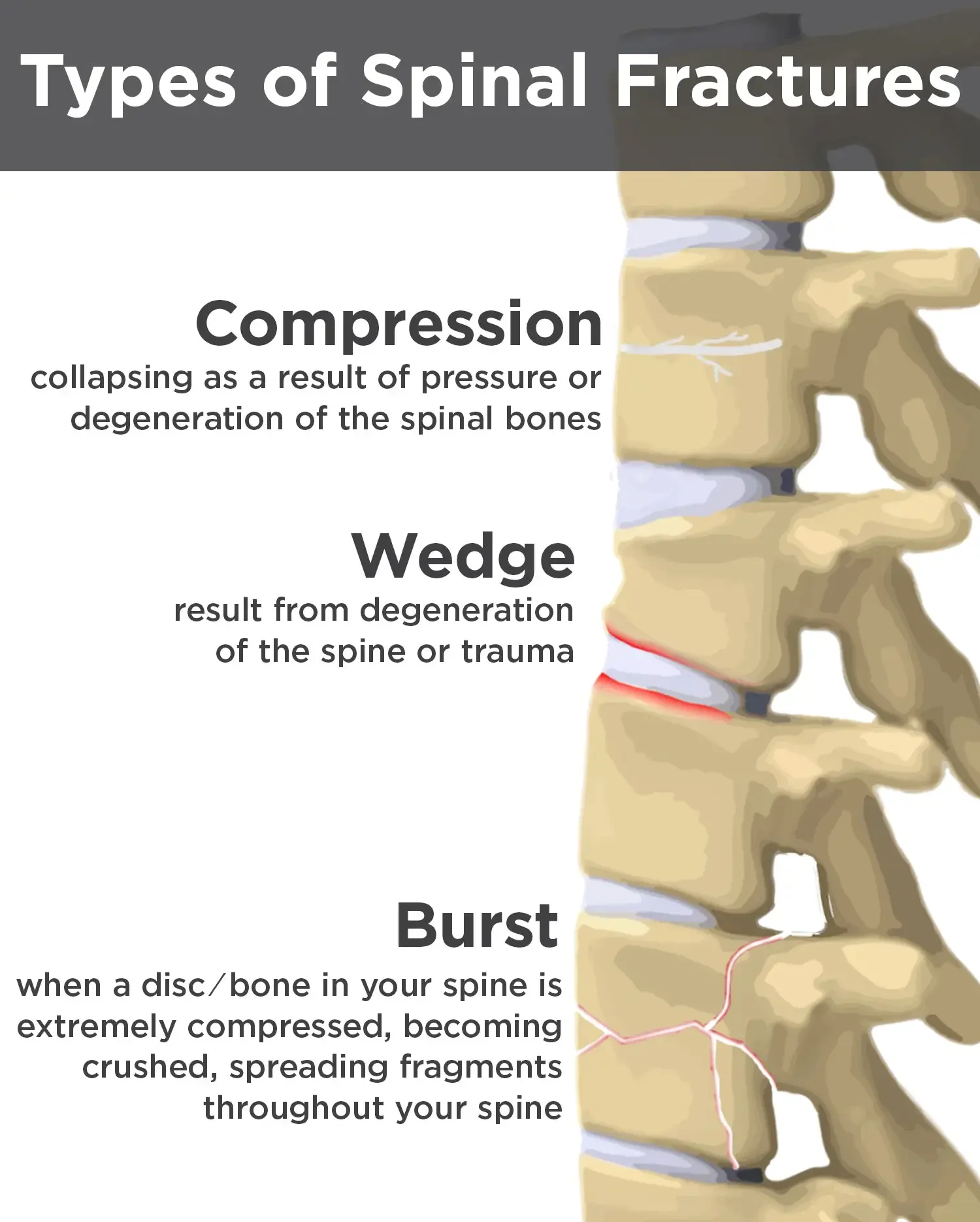Spinal Fractures: Understanding and Care
The Pillar of the Body
The spine forms the crucial support structure that keeps us standing upright. This pillar can sustain fractures in various regions: the neck (cervical spine), upper back (thoracic spine), or lower back (lumbar spine). These fractures differ from fractures in limbs because the spinal bones house the vital neural network known as the spinal cord. A spinal fracture can lead to significant disability.

Safety First; Speed Next
Spinal fractures are not uncommon and often result from high-velocity incidents like road traffic accidents, falls from heights, or sports injuries. Preventing these injuries through safe driving and precautionary measures is far better than facing potential quadriplegia or paraplegia.
First Aid
If you suspect a spinal fracture, it’s crucial to provide proper first aid. Do not allow the victim to sit, stand, or walk. Ensure the victim’s head and body remain in a straight line, avoiding unnecessary neck movements. Shift the injured person onto a “spine board” and use a “Philadelphia collar” to support the neck. These aids are readily available in ambulances for safe transportation to the hospital.
Diagnostic Tests
Doctors use various radiological tests like CT scans, MRIs, and X-rays to understand the location and severity of the fracture. This helps determine the stability of the spine, which, in turn, guides treatment decisions. Fractures are often classified based on their location as anterior, posterior, or both. Specific types of spinal fractures include burst fractures, wedge fractures, compression fractures, chance fractures, laminar fractures, pars fractures, and more.
Clinical Symptoms
Like any other fracture, patients with spinal fractures experience severe pain upon movement. In unfortunate cases, patients may also exhibit weakness, either below the neck (quadriplegia) or below the waist (paraplegia), depending on the location of spinal cord damage. The ASIA grading system helps differentiate and assess the clinical weakness, playing a crucial role in treatment decisions.
Treatment
Treatment for spinal fractures varies based on the stability of the spine, assessed using scoring systems like TLICS/AO classification. For stable spines, conservative measures such as bed rest, braces (TLSO brace, LS corset), and analgesics may be sufficient. However, unstable spines often require surgery to stabilize them. In cases with neurological deficits, decompression surgery is mandatory.
Why Dr. Ramachandran
Dr. Ramachandran excels in managing fracture patients through minimally invasive approaches. This approach promotes quicker recovery for patients who have experienced trauma. For burst fractures, an anterior approach can aid in the reconstruction of fractured bones, enhancing the chances of a successful recovery.
